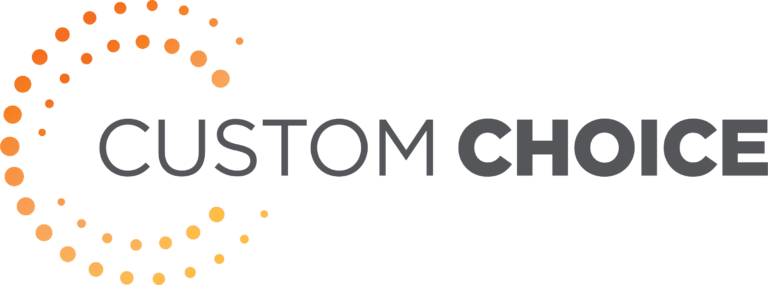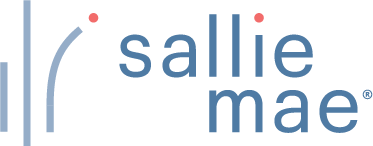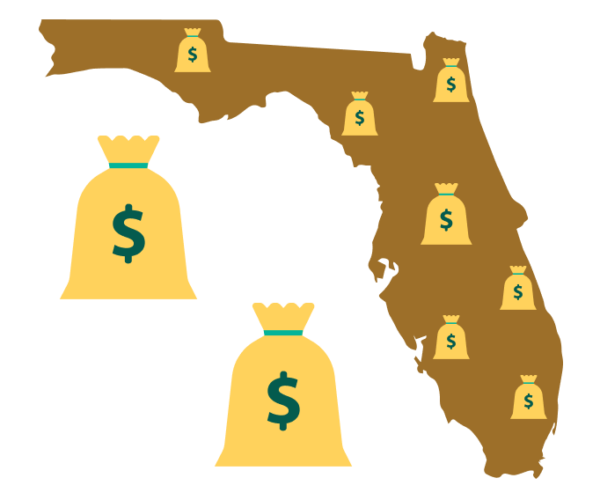Our goal is to give you the tools and confidence you need to improve your finances. Although we receive compensation from our partner lenders, whom we will always identify, all opinions are our own. Credible Operations, Inc. NMLS # 1681276, is referred to here as "Credible."
If you’re planning to attend a Florida college or university, then you might need the help of financial aid, scholarships, or Florida student loans to pay for it.
The cost of attendance in Florida will vary depending on the school you choose. For example, if you attend the University of Central Florida as a resident undergraduate, you’ll pay about $16,000 per year, while attending a private school like Nova Southeastern University could cost you upwards of $20,000 per year.
Here are three ways to pay for school in Florida:
- Start with scholarships and grants for Florida students
- Apply for federal student loans
- Use private student loans to fill in the gaps
1. Start with scholarships and grants for Florida students
College scholarships and grants could be a great way to pay for college in Florida — mainly because they don’t have to be repaid, unlike student loans.
While there are national scholarships and grants available, be sure to consider local and Florida-specific options, too, since you’ll be competing against a smaller pool of applicants.
You can fill out one application — the Florida Financial Aid Application (FFAA) — to apply for multiple scholarships and grants.
Here are a few options to look into:
- Florida Bright Futures Scholarship Program: This program provides four different renewable scholarships that could cover 75% to 100% of tuition and fees for Florida high school graduates.
- Florida Farmworker Student Scholarship Program: This need-based program covers the tuition and certain fees at public schools for up to 50 farmworkers (or their children) each year.
- Florida Student Assistance Grant Program: This program offers four renewable grant options to resident undergraduate students with exceptional financial need.
- Josí Martí Scholarship Challenge Grant Fund: Florida residents of Hispanic descent in need of financial aid could be eligible for this renewable $2,000 award.
If scholarships and grants don’t cover your full education costs, federal or private student loans could help fill any financial gaps.
However, keep in mind that unlike scholarships and grants, student loans will have to be repaid. Before you borrow, see what your estimated monthly loan payment will be using our student loan calculator below.
Enter your loan information to calculate how much you could pay
With a $ loan, you will pay $ monthly and a total of $ in interest over the life of your loan. You will pay a total of $ over the life of the loan, assuming you're making full payments while in school.
Need a student loan?
Compare rates without affecting your credit score. 100% free!
Checking rates won’t affect your credit score.
Learn More: On-Campus vs. Off-Campus Costs
2. Apply for federal student loans
After you’ve explored scholarship and grant options, taking out federal student loans could be a good next step if you need to borrow money for school.
This is because these loans come with federal benefits and protections, such as access to income-driven repayment plans and student loan forgiveness options.
To apply for federal student loans, you’ll need to submit the Free Application for Federal Student Aid (FAFSA).
For-profit coding bootcamps typically aren’t eligible for federal aid.
Here are the main types of federal student loans available to Florida students:
- Direct Subsidized Loans are available to undergraduate students with financial need. The government covers the interest on these loans while you’re in school, which means you’ll have less to pay off when you begin repayment.
- Direct Unsubsidized Loans are available for both undergraduate and graduate students, regardless of financial need. Unlike subsidized loans, unsubsidized loans continue accruing interest while you’re in school.
- Direct PLUS Loans come in two forms: Grad PLUS Loans for students who need to pay for graduate school and Parent PLUS Loans for parents who want to cover their child’s education. Unlike other federal student loans, PLUS Loans require a credit check.
| Loan type | Who qualifies? | Interest rates | Loan limits |
|---|---|---|---|
| Direct Subsidized Loans | Undergrad students with financial need | 5.50% | $3,500 to $5,500 per year |
| Direct Unsubsidized Loans | Undergrad, graduate, and professional students | Undergrad: 5.50% Graduate and professional: 7.05% | Dependent undergrad: $5,500 to $7,500 per year ($31,000 total limit) Independent undergrad: $9,500 to $12,500 per school year ($57,500 total limit) Graduate and professional: $20,500 per year ($138,500 total limit) |
| Direct PLUS Loans | Parents, graduate students, and professional students | 8.05% | Cost of attendance minus any other financial aid received |
Even if you don’t think you’re eligible for financial aid, be sure to submit the FAFSA. You might be surprised to find you qualify for some form of aid.
Check Out: When to Apply for Student Loans
3. Use private student loans to fill in the gaps
If you’ve exhausted your scholarship, grant, and federal student loan options, private student loans could help fill any financial gaps left over.
You might even be able to get a private loan with a lower interest rate than a federal loan, depending on your credit.
Private student loans generally require good to excellent credit to qualify.
While some lenders provide student loans for bad credit, these typically come with higher interest rates compared to those offered to borrowers with good credit.
Even if you don’t need a cosigner to qualify, having one could get you a lower interest rate than you’d get on your own.
If you decide to take out a private student loan, be sure to consider as many lenders as possible to find the right loan for you.
Credible makes this easy — you can compare your prequalified rates from our partner lenders in the table below in two minutes:
| Lender | Fixed rates from (APR) | Variable rates from (APR) | Loan terms (years) | Loan amounts |
|---|---|---|---|---|
 | 3.79%+10 | 5.99%+10 | 5, 7, 10, 12, 15, 20 (depending on loan type) | $2,001* - $400,000 |
|
||||
 | 4.24%+1 | 5.99%+ | 5, 10, 15 | $1,000 - $350,000 (depending on degree) |
|
||||
 |
3.99%+2,3
| 5.59%+2,3 | 5, 8, 10, 15 | $1,000 up to 100% of the school-certified cost of attendance |
|
||||
 | 4.24%+ | 5.44%+ | 7, 10, 15 | $1,000 to $99,999 annually ($180,000 aggregate limit) |
|
||||
 | 5.75%+ | N/A | 10, 15 | $1,500 or $2,000 up to school’s certified cost of attendance (depending on school type and minus other aid received) |
|
||||
 | 4.150%9 - 15.49%9 | 5.37%9 - 15.70%9 | 10 to 20 | $1,000 up to 100% of the school-certified cost of attendance |
|
||||
your credit score. 100% free! Compare Now |
||||
Lowest APRs reflect autopay, loyalty, and interest-only repayment discounts where available | Read our full methodology | 10Ascent Disclosures | 1Citizens Disclosures | 2,3College Ave Disclosures | 11Custom Choice Disclosures | 7EDvestinU Disclosures | 8INvestEd Disclosures | 9Sallie Mae Disclosures |
||||
Learn More: How to Get Student Loans for Community College
Florida students have plenty of options to pay for college
Figuring out how to pay for college can feel like just as big of a hurdle as doing all of the work for your actual degree.
But remember that you have plenty of options to help you cover your education costs as a Florida student.
Be sure to start with aid you don’t have to repay (like scholarships and grants). After that, it’s usually a good idea to borrow federal student loans before considering private student loans.
If a private student loan seems right for you, remember to shop around and consider as many lenders as you can to find a loan that suits your needs.
Credible makes this easy — you can compare your prequalified rates from multiple lenders in two minutes.
See Your Rates
Checking rates will not affect your credit
Keep Reading: Teacher Student Loans




